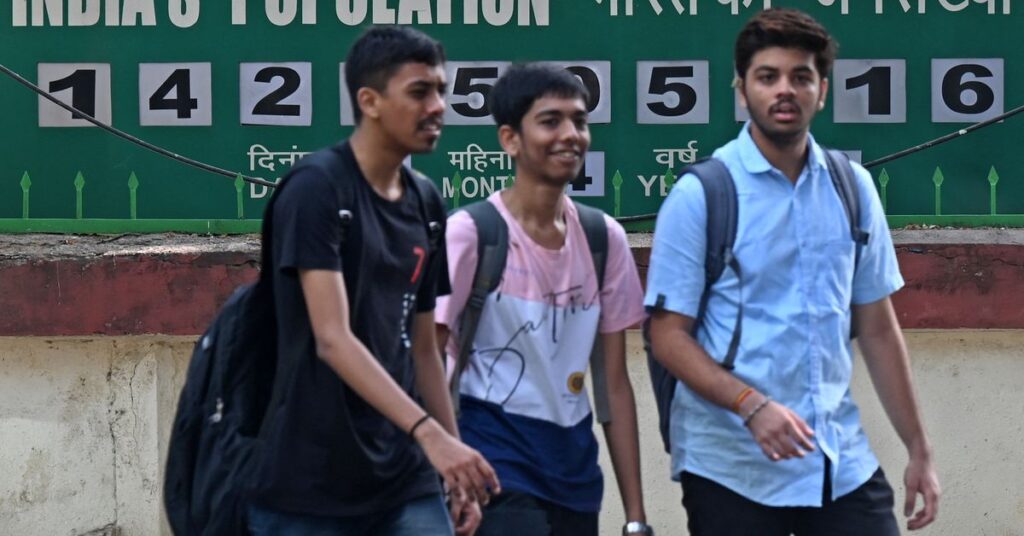China has officially been the world’s most populous country since 1950, when the United Nations began keeping statistics. But it’s almost certainly had the most people for centuries, if not far longer. China was the first country to pass 1 billion, in 1982, and with an estimated 1.426 billion people in 2022 — more than four times the numbers and population density of the US — it’s at the top of the global table.
But not anymore. According to UN demographers, this month India will have matched and then will surpass China in total population, most likely by the time you read this. This isn’t precisely a surprise — India’s fertility rate has been above China’s since years before the latter country implemented its one-child policy in 1979, and demographers have long projected that it was only a matter of time before India caught up. But that day was still expected to be years later — not right now.
What does this mean? Beyond forcing a generation of schoolchildren to remake their mental map about world population, not much for the moment. Both countries are still massive, home to nearly three out of every eight people on the planet.
In China, decades of the world’s most aggressive and coercive population controls have arguably worked too well. Its fertility rate — the number of expected births per woman over the course of their reproductive lives — is just 1.3, among the lowest levels in the world, and it’s been below the 2.1 rate needed for a country to replace its population through births alone since the early 1990s.
Decades of depressed fertility means the country’s population — which is already declining — will continue to age, putting serious economic constraints on an economy that has long been boosted by the world’s largest pool of young laborers.
India, by contrast, has seen its fertility rate slide much more gradually, from the nearly six children per woman it experienced in the population bomb 1960s to…
Read the full article here





